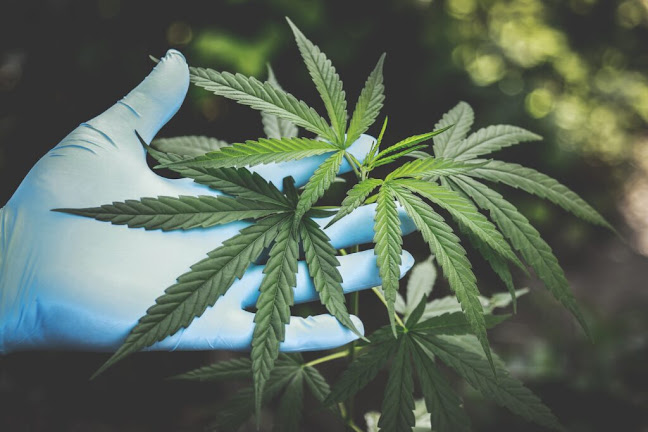Neurobiology:
As a psychoactive substance, THC straightforwardly influences the focal sensory system (CNS). It influences a huge scope of synapses and catalyzes other biochemical and enzymatic action also. The CNS is animated when the THC actuates explicit neuroreceptors in the cerebrum causing the different physical and enthusiastic responses that will be explained all the more explicitly further on. The solitary substances that can enact synapses are substances that impersonate synthetic compounds that the mind creates normally. The way that THC invigorates cerebrum work instructs researchers that the mind has common cannabinoid receptors. It is as yet hazy why people have regular cannabinoid receptors and how they work (Hazelden, 2005; Martin, 2004). What we cannot deny is that pot will animate cannabinoid receptors up to multiple times more effectively than any of the body's common synapses at any point could (Doweiko, 2009).
 |
Maybe the greatest secret of everything is the connection among THC and the synapse serotonin. Serotonin receptors are among the most invigorated by every single psychoactive medication, yet most explicitly liquor and nicotine. Free of cannabis' relationship with the substance, serotonin is as of now a little gotten neurochemical and its alleged neuroscientific jobs of working and object are still generally theoretical (Schuckit and Tapert, 2004). What neuroscientists have found absolutely is that weed smokers have undeniable degrees of serotonin movement (Hazelden, 2005). I would speculate that it could be this connection among THC and serotonin that clarifies the "maryjane upkeep program" of accomplishing restraint from liquor and permits cannabis smokers to stay away from difficult withdrawal indications and stay away from longings from liquor. The adequacy of "pot upkeep" for helping liquor forbearance isn't logical however is a wonder I have by and by saw with various customers.
Strangely, cannabis mirrors such countless neurological responses of different medications that it is amazingly hard to arrange in a particular class. Analysts will put it in any of these classifications: hallucinogenic; stimulant; or serotonin inhibitor. It has properties that impersonate comparative substance reactions as narcotics. Other substance reactions copy energizers (Ashton, 2001; Gold, Frost-Pineda, and Jacobs, 2004). Hazelden (2005) characterizes weed in its own extraordinary class - cannabinoids. The justification this disarray is the intricacy of the various psychoactive properties found inside pot, both known and obscure. One late customer I saw couldn't recuperate from the visual twists he endured because of unavoidable hallucinogenic use as long as he was all the while smoking weed. This appeared to be because of the hallucinogenic properties found inside dynamic cannabis (Ashton, 2001). Albeit not sufficiently able to create these visual contortions all alone, weed was sufficiently able to keep the cerebrum from recuperating and recuperating.



Comments
Post a Comment